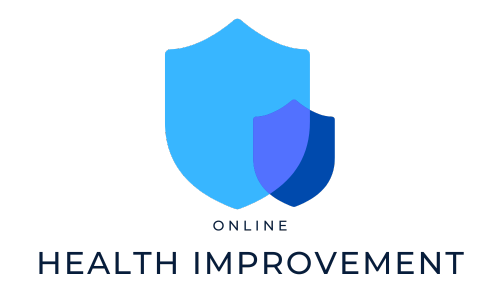Title: Overcoming Common Barriers to Exercise: Key Strategies for Success
Introduction:
Regular physical exercise is vital for maintaining overall well-being and achieving good health. However, many individuals face common barriers that hinder their ability to engage in consistent exercise routines. From a lack of motivation to limited time and resources, these barriers can make it challenging to incorporate physical activity into our daily lives. In this article, we will discuss some of the common barriers people face when it comes to exercise and provide practical strategies to overcome them.
1. Lack of Motivation:
– Set achievable goals: Start by setting realistic and specific exercise goals that align with your personal fitness aspirations, whether it’s weight loss, muscle gain, or overall fitness improvement.
– Find your why: Identify the underlying reasons why exercise is important to you. It could be for mental well-being, improved energy levels, or to set a positive example for your loved ones.
– Make it enjoyable: Engage in activities you genuinely enjoy, such as dancing, swimming, hiking, or playing a sport. It is easier to maintain motivation when you find exercise enjoyable.
2. Time Constraints:
– Prioritize your schedule: Incorporate exercise into your daily routine by blocking specific time slots throughout the week. Treat exercise as a non-negotiable appointment that you cannot cancel.
– Break it down: If finding a solid hour seems impossible, divide your workout into shorter sessions. Aim for three 10-minute sessions, which can be just as effective as a continuous 30-minute workout.
– Multitask: Look for opportunities to exercise while performing other activities, such as walking or cycling to work, taking the stairs instead of the elevator, or doing exercises during TV commercial breaks.
3. Lack of Resources:
– Utilize your bodyweight: There are countless exercises you can do using just your bodyweight, such as push-ups, squats, lunges, and planks. These exercises require minimal equipment and can be done anywhere.
– Explore affordable alternatives: If a gym membership is not feasible, consider inexpensive alternatives like workout DVDs, online fitness classes, or mobile apps, which offer a wide range of exercise routines to suit different fitness levels.
– Utilize free community resources: Many communities offer free or low-cost exercise classes, outdoor fitness parks, or walking/running trails. Take advantage of these resources as they can help you stay active without breaking the bank.
4. Lack of Support or Accountability:
– Find an exercise buddy: Having a workout partner can significantly increase motivation and accountability. Find a friend, family member, or colleague with similar fitness goals who can be your exercise buddy.
– Join group fitness classes: Group exercises provide a supportive environment where you can meet like-minded individuals who can encourage and motivate you. Additionally, group workouts often come with built-in accountability.
– Use technology: Nowadays, there are numerous fitness apps and online platforms that offer virtual support, customized workouts, and tracking tools. These resources can help you stay accountable and provide a sense of community.
Conclusion:
Regular exercise is a vital component of a healthy lifestyle, but it’s important to acknowledge and address the barriers that may impede our progress. By implementing the strategies mentioned above, such as setting realistic goals, managing time effectively, exploring cost-effective options, and seeking support, you can overcome common barriers to exercise and pave the way for a more active and fulfilling life. Remember, small steps towards regular exercise can lead to significant long-term health benefits.
